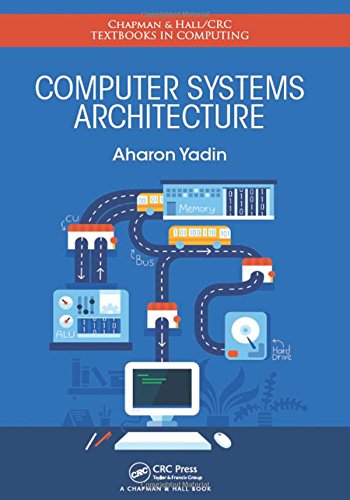

Most ebook files are in PDF format, so you can easily read them using various software such as Foxit Reader or directly on the Google Chrome browser.
Some ebook files are released by publishers in other formats such as .awz, .mobi, .epub, .fb2, etc. You may need to install specific software to read these formats on mobile/PC, such as Calibre.
Please read the tutorial at this link: https://ebookbell.com/faq
We offer FREE conversion to the popular formats you request; however, this may take some time. Therefore, right after payment, please email us, and we will try to provide the service as quickly as possible.
For some exceptional file formats or broken links (if any), please refrain from opening any disputes. Instead, email us first, and we will try to assist within a maximum of 6 hours.
EbookBell Team

4.7
36 reviewsComputer Systems Architecture provides IT professionals and students with the necessary understanding of computer hardware. It addresses the ongoing issues related to computer hardware and discusses the solutions supplied by the industry.
The book describes trends in computing solutions that led to the current available infrastructures, tracing the initial need for computers to recent concepts such as the Internet of Things. It covers computers’ data representation, explains how computer architecture and its underlying meaning changed over the years, and examines the implementations and performance enhancements of the central processing unit (CPU). It then discusses the organization, hierarchy, and performance considerations of computer memory as applied by the operating system and illustrates how cache memory significantly improves performance.
The author proceeds to explore the bus system, algorithms for ensuring data integrity, input and output (I/O) components, methods for performing I/O, various aspects relevant to software engineering, and nonvolatile storage devices, such as hard drives and technologies for enhancing performance and reliability. He also describes virtualization and cloud computing and the emergence of software-based systems’ architectures.
Accessible to software engineers and developers as well as students in IT disciplines, this book enhances readers’ understanding of the hardware infrastructure used in software engineering projects. It enables readers to better optimize system usage by focusing on the principles used in hardware systems design and the methods for enhancing performance.